•Audio Valve challenger 180 真空管單聲道擴大機-頂極特別版
| 輸入阻抗 | 47 K ohm |
| 輸入靈敏度 | 0 dBm |
| 阻尼係數 | 5 |
| 連結端子 | XLR & RCA input - jacket |
| 輸出阻抗 | 2 - 4 - 6 - 8 ohm |
| 輸出功率 | 120 watt |
| 總諧波失真 | < 0.3 % -50 watt |
| 頻率響應 | 4 Hz - 40 KHz |
| 真空管 | 2*12AU7, 1*12AX7, 6*6550 or 6*KT88 |
| 外觀尺寸 | 高 30 x 寬 25 x 深 43 公分 |
| 重量 | 80公斤 (對) |
Audio Valve challenger 180 真空管單聲道擴大機-頂極特別版
全對稱A類平衡陰極輸出推挽式設計
燈絲穩壓與屏極電壓的開關控制
特殊自動偏壓調整線路,
能增長真空管的使用壽命特殊邏輯線路,
可隨時偵測真空管的工作情形。
Audio Valve challenger 180
The CHALLENGER series of monoblocs are the foundation of the AudioValve range of amplifiers, which have been refined and perfected since first introduced in 1987.
The CHALLENGER is unique in so many key areas. For example, it can use KT-88s, 6550s or EL-34s with equal ease as power tube. And depending on the tube used, its output can range from 110 wpc to as high as 180 wpc. This is made possible by our revolutionary and proprietary ABR circuitry, which monitors, biases and controls each tube independently in the most AudioValve power amplifers.
This feature allows the use of any of the mentioned tubes or, indeed, a combination of any of the three. This redefines in a truly innovative way the concept of "plug and play." It also makes tube replacement very economical, as there is no need for costly and exotic tubes which have to be matched in order to get the best sound from the amplifier.
Another truly impressive detail . That is, the circuitry is totally balanced from input right to output terminals. All of this means the CHALLENGER can drive any speaker on the market, from conventional drivers to exotic electrostatics and ribbons, with complete ease.
The most recent affirmation of the beauty and prowess of this truly unique and great amplifier came in the November 1999 issue of The Absolute Sound, one of the most respected industry magazine in the world.
AudioValve Challenger combine also excellente with electrostatic speakers.
Already since 1984 we produce our series called “Challenger”. We are likewise using the proved PPP concept with only one difference: the complete circuitry is fully symmetric. By chosing the correct tubes and making some little detailed changes for example a 115 Watt power amplifier with EL34 turns to Challenger 140 at e.g. KT88 mounting.
The magazine HIFI-VISION has already chosen this series for being one of the best in a test in may 1992. In the meantime the technology has not stood still here, too. By now also this series is equipped with our so-called BIAS-regulators which define each tubes standby current exactly. LED lamps inform you about used up tubes, so you can change them easily. You can therefore use ordinary stand-tubes, also in case of replacement. Don’t let yourself be talked into buying expensive tubes – our amplifiers don’t need selected tubes for making a good sound.
The prefered using of these instrments in combination with conventional dynamic loudspeakers is also the using in connection with electrostatic loudspeakers. Particularly in this case this series shows his enormous advantages regarding the loudspeaker controlling. Without problems and with a high musical sense you can obtain a harmonically interplay between your components.
With an additional Stand-By-switcher on the front panel you can turn down the anode voltage in longer intervals without shutting the amplifer down. The tubes stay warm and can deliver the maximum of musical quality directly after switching-on.
Let us try to describe you with simple words what are the advantages of this series with PPP principle. You all remember the conventional PP circuitries . Nearly unexceptional every manufacturer uses this concept because of its little effort – at the expense of the sound we think. In our PPP circuitries we work with a so-called Autotrafo. This means, in our circuitry the transmitter is not in the high-voltage bearing anode, but in the mass bearing cathode. When employing our final tubes we talk about the cathode follower, which means that the cathode voltage follows direclty control voltage at the tubes control grid. So we are not using the characteristics of the final tube dynamic. In fact we use the tubes only as power suppliers. Which tubes delivers the power is getting a subordinated question. In plain language this means, we are not regulated by the characteristics of the tubes in our circuitry. With a little imagination you will soon discover the invaluable benefit of this conception.
The vexed topic of chosing the correct tube is therewith done forever. But we go another step far. Lots of people hold the view that you should not use chinese KT88 tubes and that their use leads to different problems in many units. But not with the Challenger ! Thanks to our Bias-Regulator , which injects each tubes closed current fully automated, the use of the above mentioned KT88s is no longer a problem but rather turns into a great pleasure, because this tube has got a lot of power reserves. So if you ever get the chance of buying economically prized KT88`s, don’t miss it – you will take much pleasure in those tubes. We don’t deny that the quality of tubes has decreased. compared to the quality of tubes 30 years ago And of course there are many units which have big trouble with this fact, but with adequate operation in the correct circuitry surrounding this tube will pleasure you now more than ever before. You just have to chose the right conecpt and therefore our little introduction in the topic of tubes for making a decision easier for you.
But now back to the Challenger – the effort is divided on 6 final tubes on each canal. No tube is overstrained. Even if one decreases, you will hardly notice. A big advantage if you think of how other conecepts constrain their tubes to to achieve the same effort with only 2 tubes – this has got negative effects on the duration of life, that’s beyond question. Generally push-pull-amplifiers with only 2 tubes have to be taken with a pinch of salt. Especially at 2 tubes in conventional technology the sound depends on the quality of the tubes – and because of their continuous aging process you can discover the change in the sound soon. Unless you have also bought a screw-driver and subject your amplifier to a permanent Bias justage. Products like this are still produced today, coming from the USA. We, however, own our Bias-Regulator already since 1991 and offer it meanwhile as a module for machines from other manufacturers as well, in order that they don’t have to invest all their goods and chattels in tubes. Maybe this essay sounds a bit provocative. But all former tries of the specialized press to illustrate our units adequately have been a miserable failure.
The input stage of the Challenger is realized with with a so-called parallel-symmetrical-cross linked pre-stage. It allows the converting of also XLR-signals without problems. It has to be pointed out that the volume does not change , what is usually the case. The Challenger owns a big bilateral printed board with all components and get soldered in our spate bath. This guarantees best contact points at the soldering joints, as the tin rises up through every annular ring and creates an excellent connection like this.The tin runs throught the whole in the annular ring and brazes so every component from above and from the bottom. Good, short cables linking to the transformers in the underground of the amplifier assure best electrical properties. Therefore even a 10 Khz rectangle looks like the original with the Challenger. Without overshootings or flabby sides – just the way it should be.
A further specific feature of this amplifier are the power-supply-units. PPP requests from the outset 2 anode power-supply-units. But not enough, we also need the two screen grid voltage for the left and the right bank, three heater circuits, two neg. grid voltages, two referance voltages for the ABR`s, two plus/minus power-supply units for the OP`s, an anode driver voltage…and all these voltages are, partly afloat, assigned to the right and the left bank of tubes of a printed board – just to give you an imagination of the high stage of development of our units. Not to forget the Computer-Interface. All Challengers are equipped with an interface for computer connection, wait and see what we are planning with this facility in the future. You see – with AudioValve units you are hundred percent up-to-date, if not even in the future if you look at the current stage of development in general.






 義大利 AUDIA 系列產品
義大利 AUDIA 系列產品

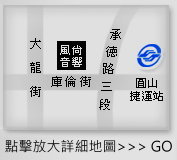



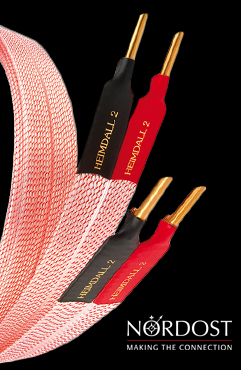
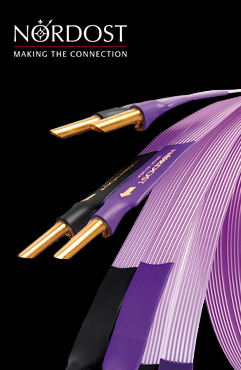
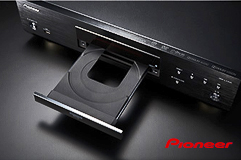
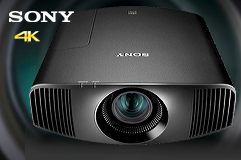

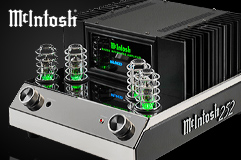
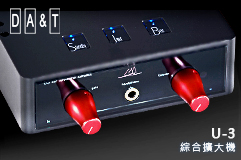
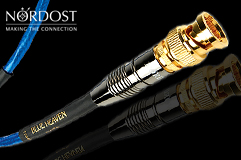
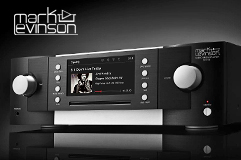
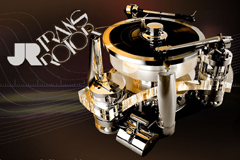
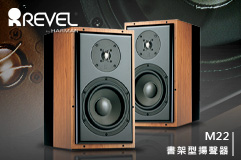
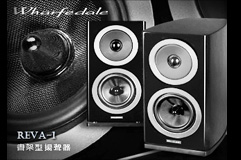
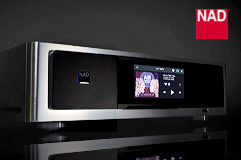
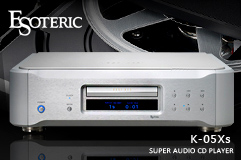
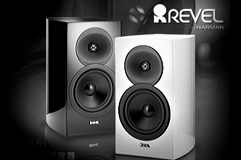
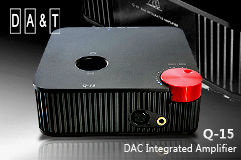
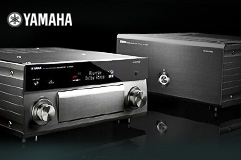





.png) 回上一頁
回上一頁.png) 回主選單
回主選單